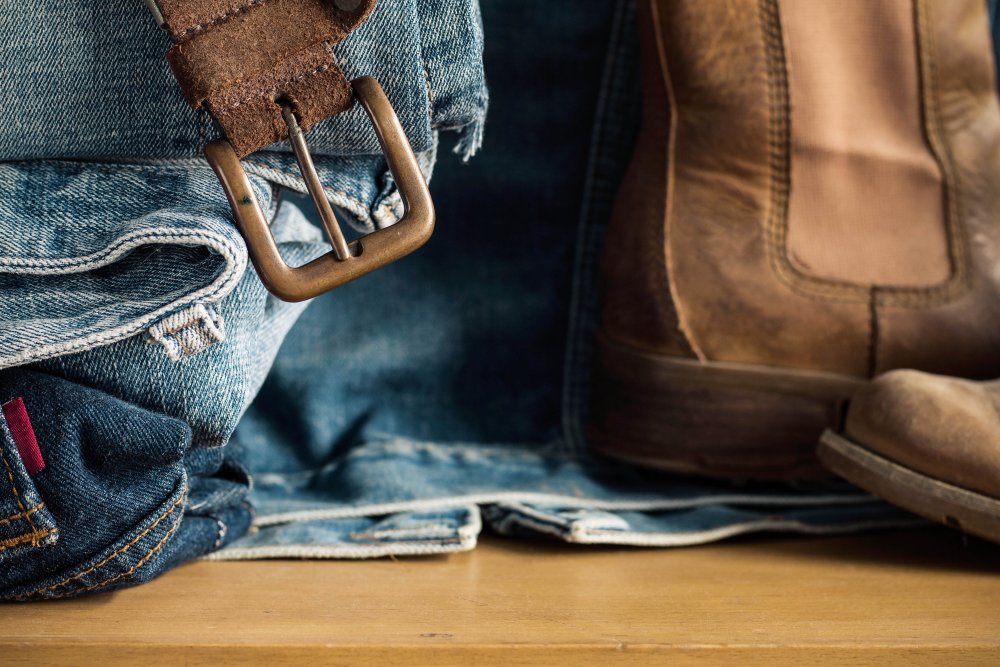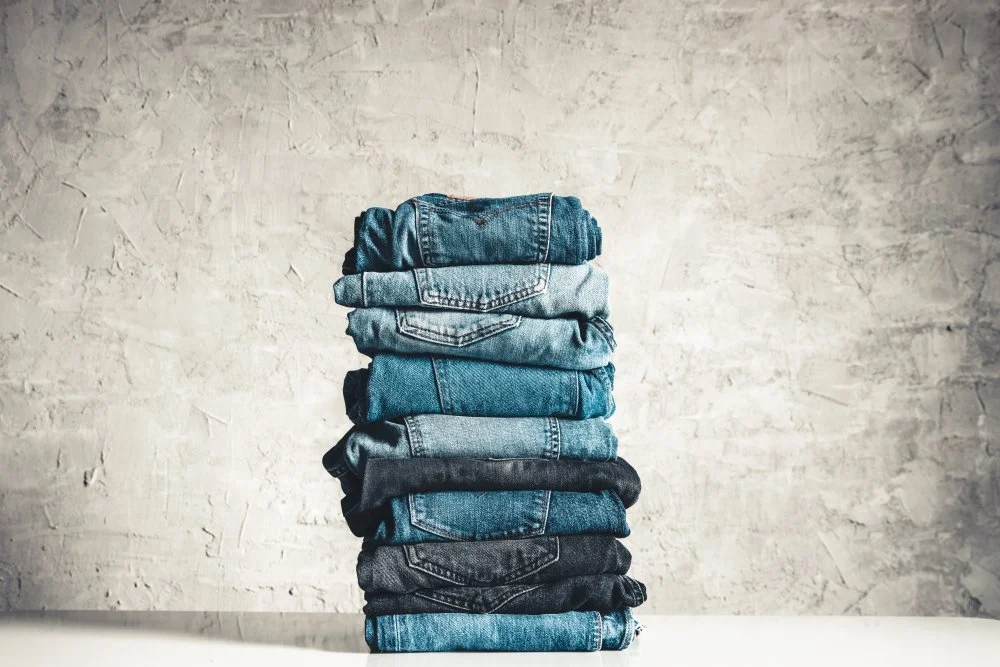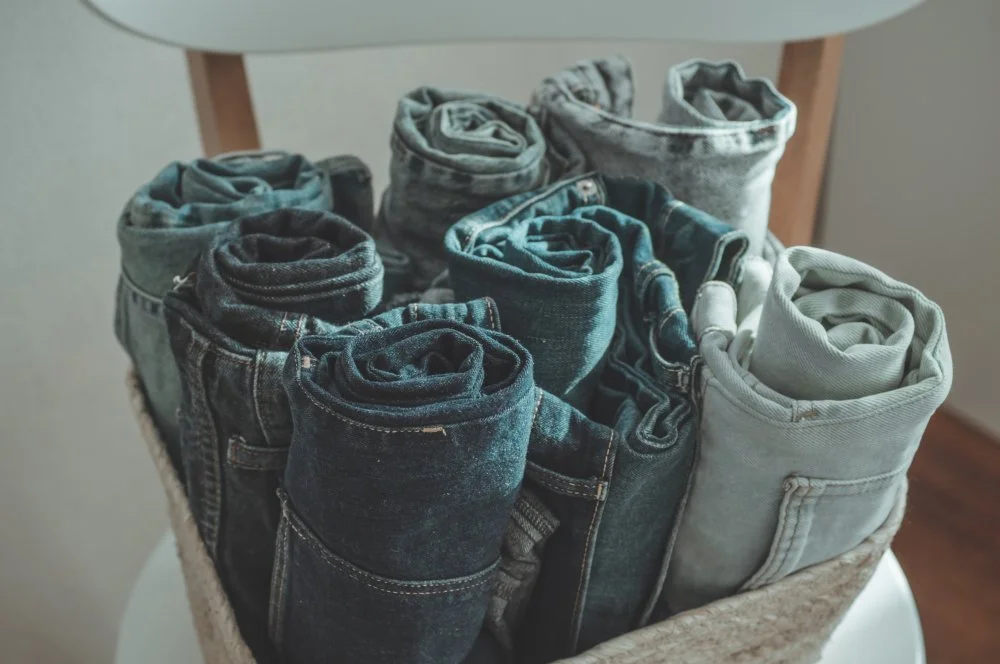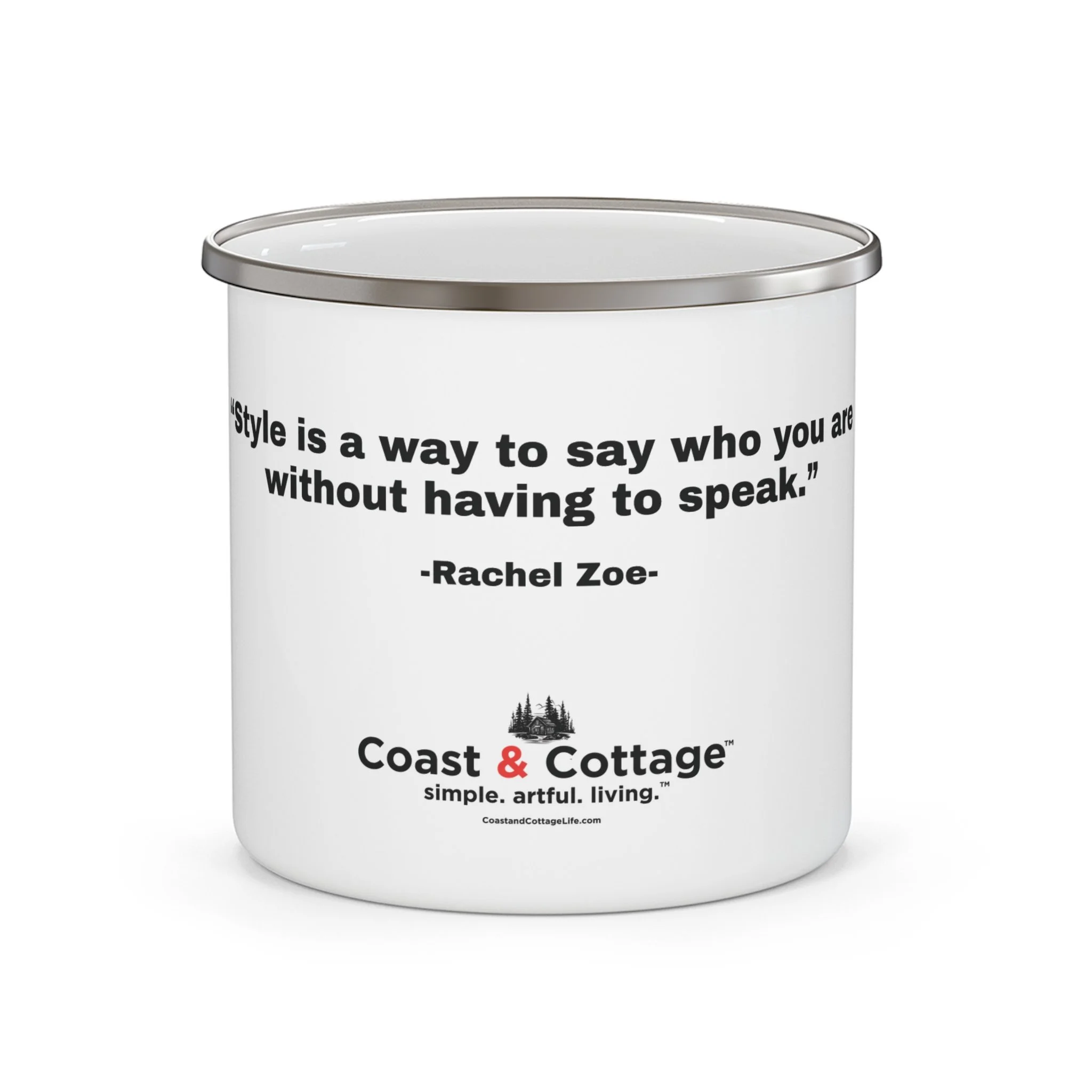The American Blue Jean
“Blue jeans are the most beautiful things since the gondola.”
– Diana Vreeland, legendary fashion editor
The history of the American blue jean is a story of innovation, labor, rebellion, and fashion that stretches from the California Gold Rush to the global runways of today.
Origins in the Gold Rush (1850s)
The blue jean was born out of necessity. In 1853, Levi Strauss, a Bavarian immigrant, moved to San Francisco during the California Gold Rush. Originally intending to sell dry goods, Strauss partnered with Jacob Davis, a tailor from Reno, Nevada, who had come up with the idea of using metal rivets to reinforce the stress points on trousers—particularly at the pockets and fly.
In 1873, Strauss and Davis were granted a U.S. patent for their riveted work pants, made from a sturdy cotton fabric called denim. These early pants were dyed with indigo, a color that helped hide dirt, and were meant for miners, cowboys, and railroad workers who needed durable clothing.
Denim and American Labor (Late 1800s – Early 1900s)
Blue jeans quickly became synonymous with rugged American labor. They were adopted by workers across the West—farmers, lumberjacks, ranchers—and became a symbol of honest, hard work. Companies like Levi Strauss & Co., Lee, and Wrangler emerged as key manufacturers, tailoring jeans to fit the needs of different labor-intensive industries.
During this time, features like belt loops (1920s) and zipper flies (1930s) were introduced, slowly modernizing the look of the garment.
Levi Strauss & Co.
Website: https://www.levi.com
Founded: 1853 (San Francisco, CA)
Claim to Fame: Invented the original blue jeans in 1873 with Jacob Davis.
Known for: Classic fits like 501s, iconic red tab, global denim influence.
Wrangler (by Kontoor Brands)
Website: https://www.wrangler.com
Founded: 1947 (Greensboro, NC)
Claim to Fame: Designed for cowboys and rodeo riders; known for tough, Western-style denim.
Known for: Durable construction, patch-on-pocket, and relaxed fits.
Lee (by Kontoor Brands)
Website: https://www.lee.com
Founded: 1889 (Salina, KS)
Claim to Fame: Introduced innovations like the zipper fly and tailored workwear.
Known for: Affordable, comfortable jeans with classic American styling.
American Giant
Website: https://www.american-giant.com
Founded: 2012 (San Francisco, CA)
Claim to Fame: Made-in-USA focus with ethical labor practices and premium fabrics.
Known for: Heavyweight denim, modern cuts, and small-batch quality.
Tellason
Website: https://www.tellason.com
Founded: 2009 (San Francisco, CA)
Claim to Fame: Selvedge denim jeans made in San Francisco using Cone Mills White Oak fabric.
Known for: Raw denim, craftsmanship, and authenticity.
Imogene + Willie
Website: https://www.imogeneandwillie.com
Founded: 2009 (Nashville, TN)
Claim to Fame: Americana-inspired denim made with a vintage aesthetic.
Known for: Small-batch jeans, handcrafted feel, Southern charm.
Raleigh Denim Workshop
Website: https://www.raleighdenimworkshop.com
Founded: 2007 (Raleigh, NC)
Claim to Fame: Artisanal jeans made by hand in a North Carolina workshop.
Known for: Modern craftsmanship, raw selvedge denim, signed labels.
Gustin
Website: https://www.weargustin.com
Founded: 2011 (San Francisco, CA)
Claim to Fame: Crowdfunded denim at wholesale prices, made in USA.
Known for: Raw denim, minimal branding, direct-to-consumer pricing.
Hollywood & the Rebel Image (1930s–1950s)
In the 1930s, blue jeans gained national visibility through Western films, where cowboys wore them as part of their tough, masculine image. But in the 1950s, blue jeans took a turn—from workwear to a symbol of teenage rebellion.
Hollywood stars like James Dean in Rebel Without a Cause and Marlon Brando in The Wild One wore jeans as signs of defiance and cool. Schools and restaurants even banned jeans, seeing them as too rebellious for polite society.
The Counterculture & Civil Rights (1960s–1970s)
By the 1960s, jeans were adopted by the counterculture—hippies, civil rights activists, feminists, and anti-war protestors. They were worn as symbols of solidarity with the working class and rejection of mainstream consumer culture.
At the same time, designers and advertisers began recognizing the fashion potential of jeans, leading to new styles like bell-bottoms, embroidery, and distressed denim.
From Workwear to Runway (1980s–Today)
By the 1980s and 1990s, blue jeans were a global fashion staple, with designer labels like Calvin Klein, Guess, Diesel, and Versace entering the market. The “designer jean” craze transformed denim into a high-fashion item.
In the 21st century, jeans became ever more diverse in fit, wash, and style—skinny, baggy, ripped, high-rise, acid-washed. Sustainable denim, recycled materials, and ethical labor practices have since emerged as part of denim’s modern evolution.
The Symbolism of Blue Jeans
Throughout their history, blue jeans have represented different things to different people:
Labor and grit in the 1800s
Rebellion and youth in the 1950s
Equality and protest in the 1960s
Fashion and personal expression from the 1980s onward







